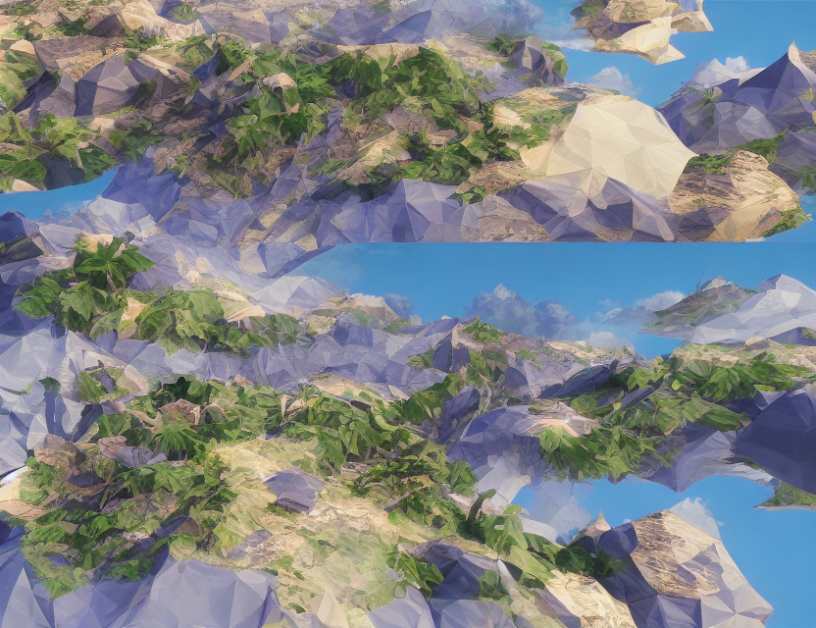In this article, researchers present a new approach to generating photorealistic images from text descriptions using deep learning models. The proposed framework, called HiViT, combines the strengths of two existing techniques: text-to-image synthesis and language understanding.
Imagine you have a magic pen that can draw anything you write with perfect accuracy. That’s what the researchers are trying to create – a way for computers to generate images that match the textual descriptions we give them, like a magical pen that can draw anything we want. The proposed model, called HiViT, uses a combination of techniques to make this happen.
First, the model uses a type of deep learning called diffusion models, which are like a fountain pen that writes words and images in a continuous flow. These diffusion models are trained on large amounts of text and image data to learn how to generate images from text descriptions.
The next step is to add language understanding to the mix. The researchers use a technique called transformer, which is like a super-powerful magnifying glass that can understand the meaning behind the words we write. This allows the model to generate images that not only match the textual description but also capture the underlying meaning of the words.
The proposed framework, HiViT, combines these two techniques in a hierarchical structure, creating a powerful tool for generating photorealistic images from text descriptions. The model is able to generate images that are more detailed and accurate than those produced by existing techniques, making it a valuable tool for applications such as image generation, video games, and virtual reality.
One of the key advantages of HiViT is its ability to handle complex textual descriptions with multiple elements, such as objects, scenes, and actions. This makes it possible to generate images that are not only visually realistic but also capture the nuances of the text. For example, if you give the model a text description like "a blue car driving on a green road," the model can generate an image that not only shows a blue car on a green road but also captures the sense of movement and action in the scene.
In summary, the article presents a new approach to generating photorealistic images from text descriptions using deep learning models. The proposed framework, HiViT, combines the strengths of diffusion models and language understanding techniques to create a powerful tool for image generation. With its ability to handle complex textual descriptions and capture the nuances of the text, HiViT has the potential to revolutionize applications such as video games, virtual reality, and more.
Computer Science, Computer Vision and Pattern Recognition
Unifying Latent and Mask Diffusion Models for Text-to-Image Synthesis



